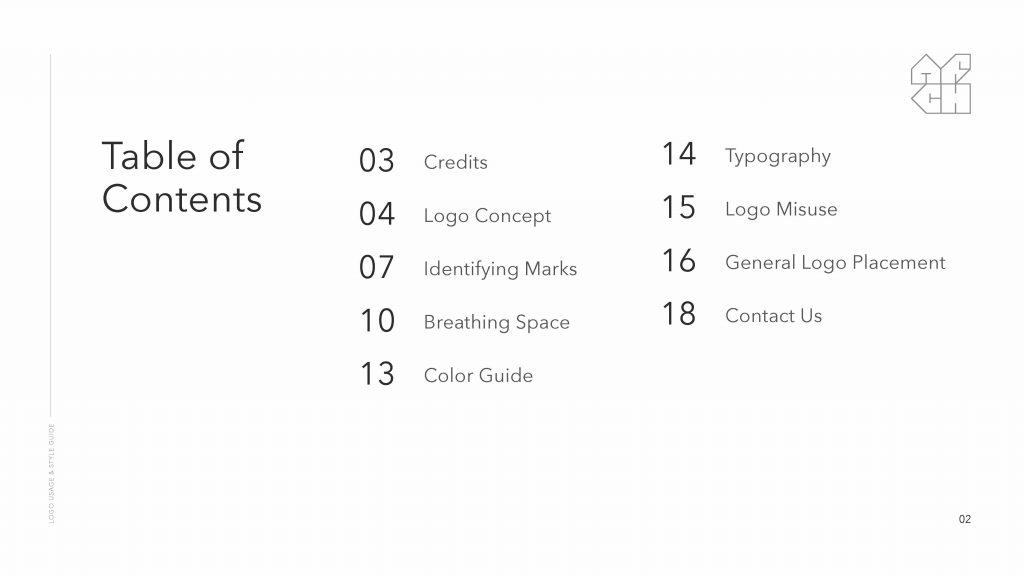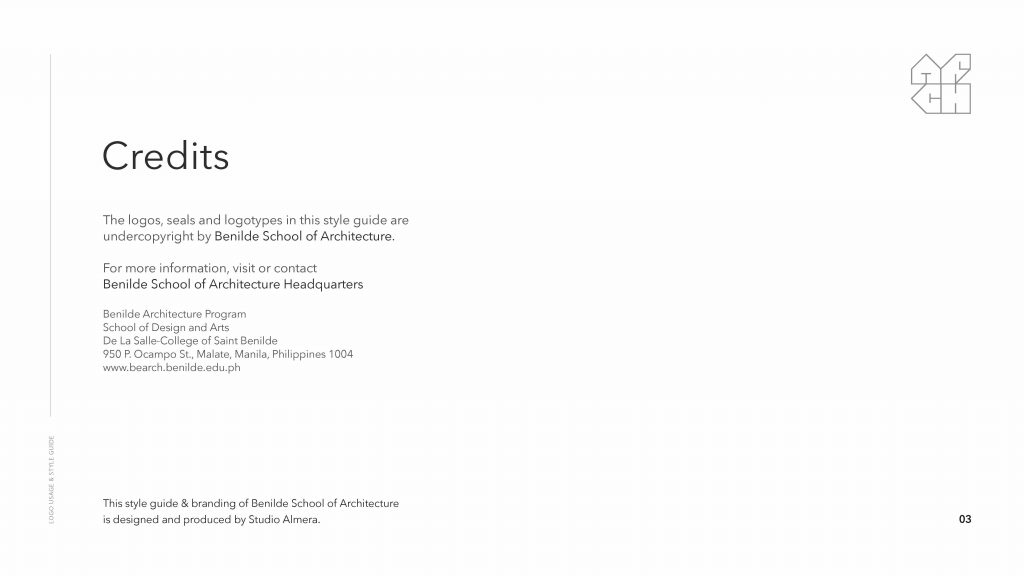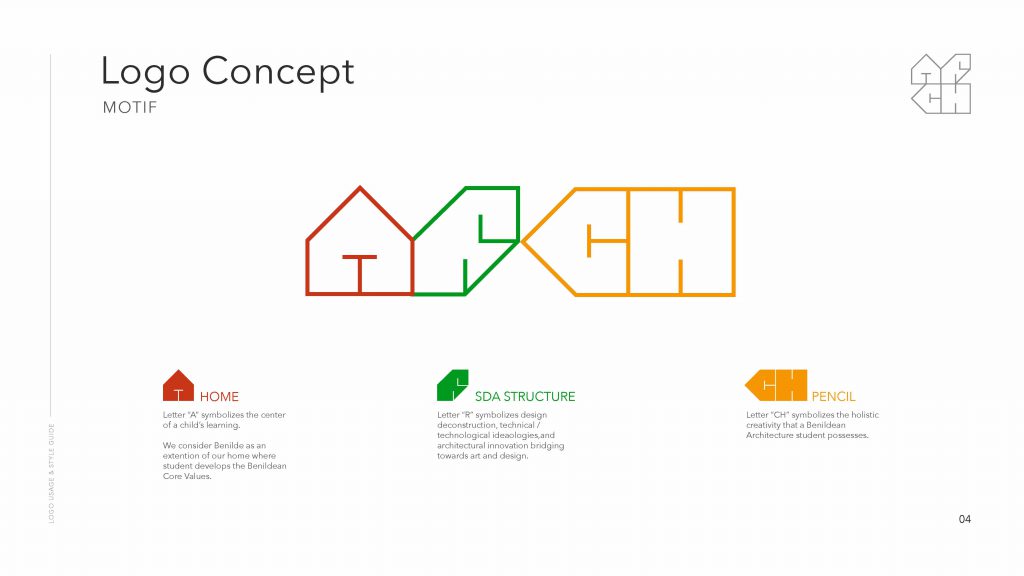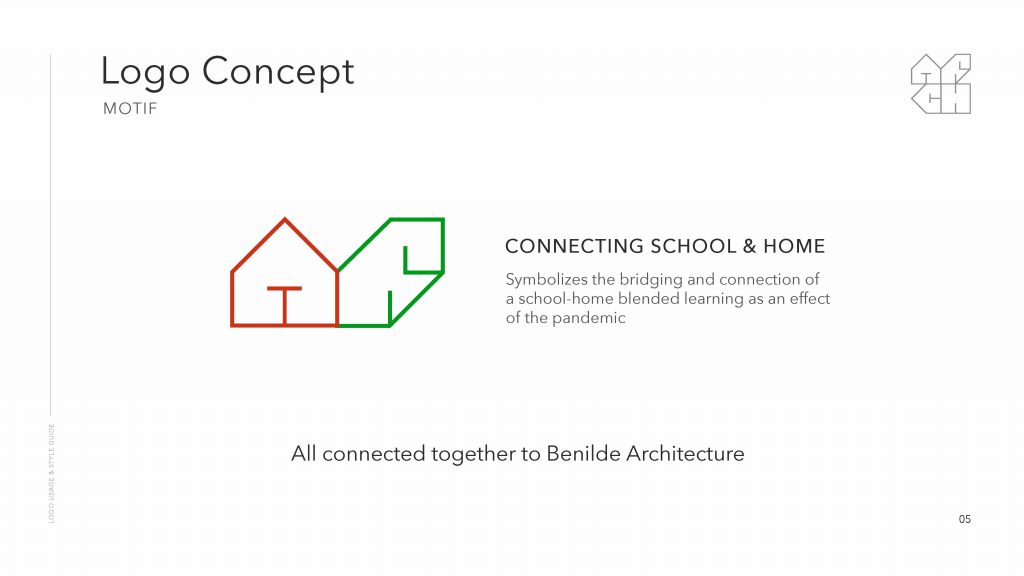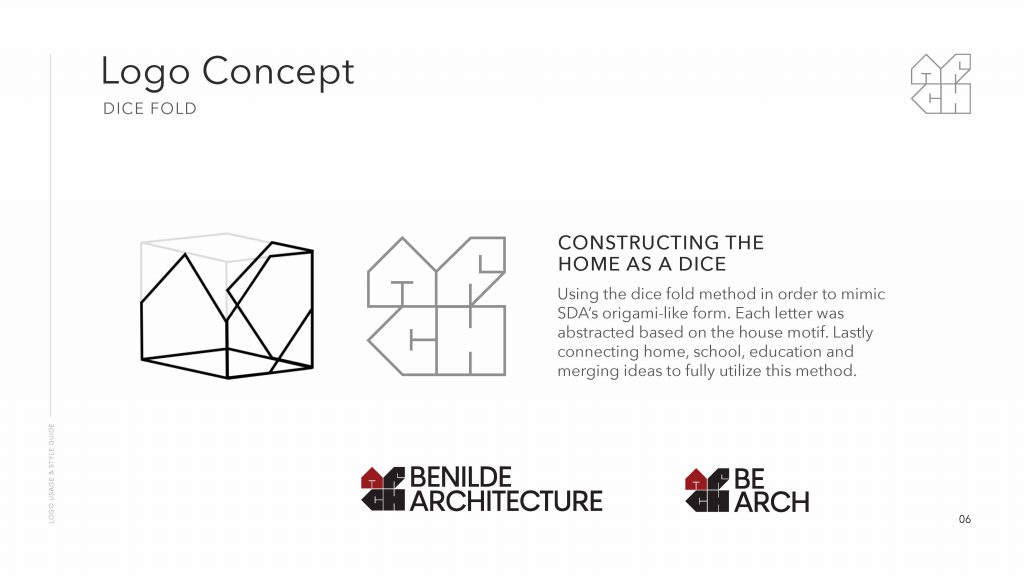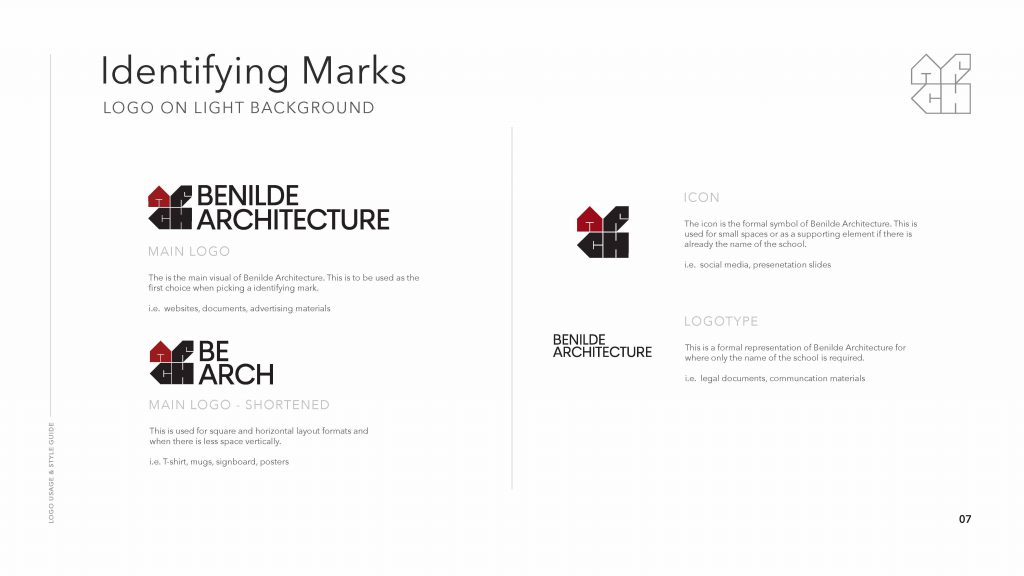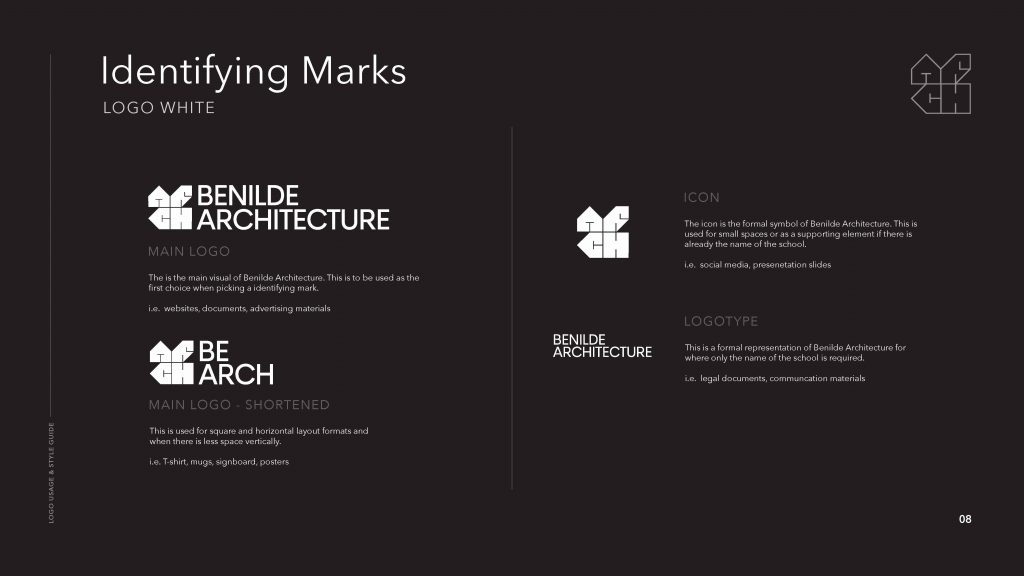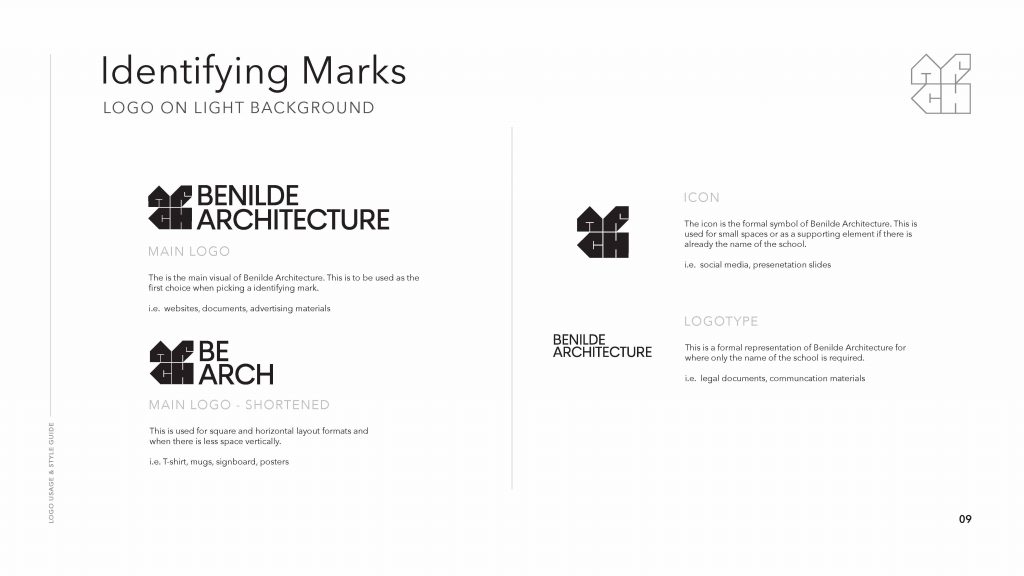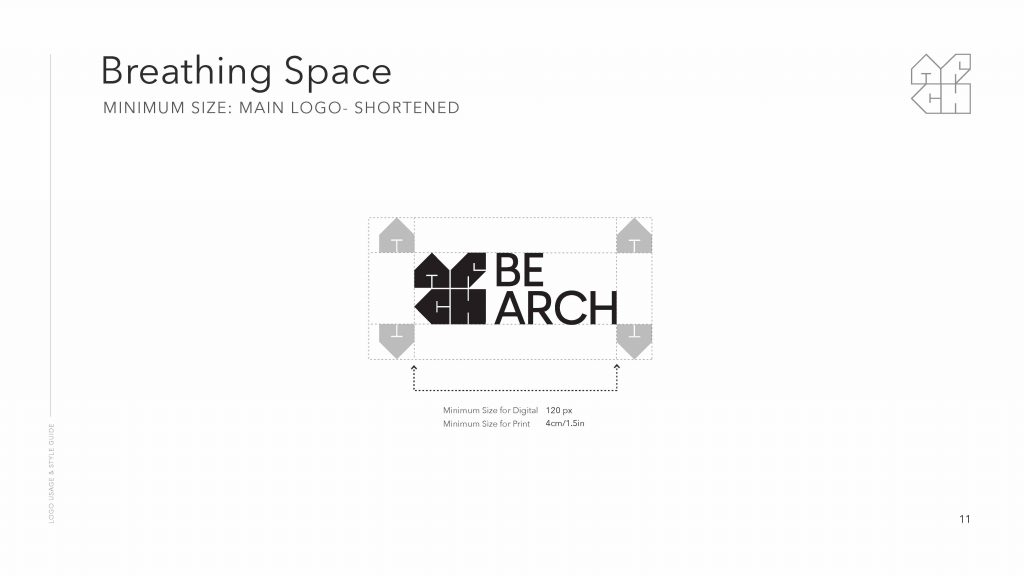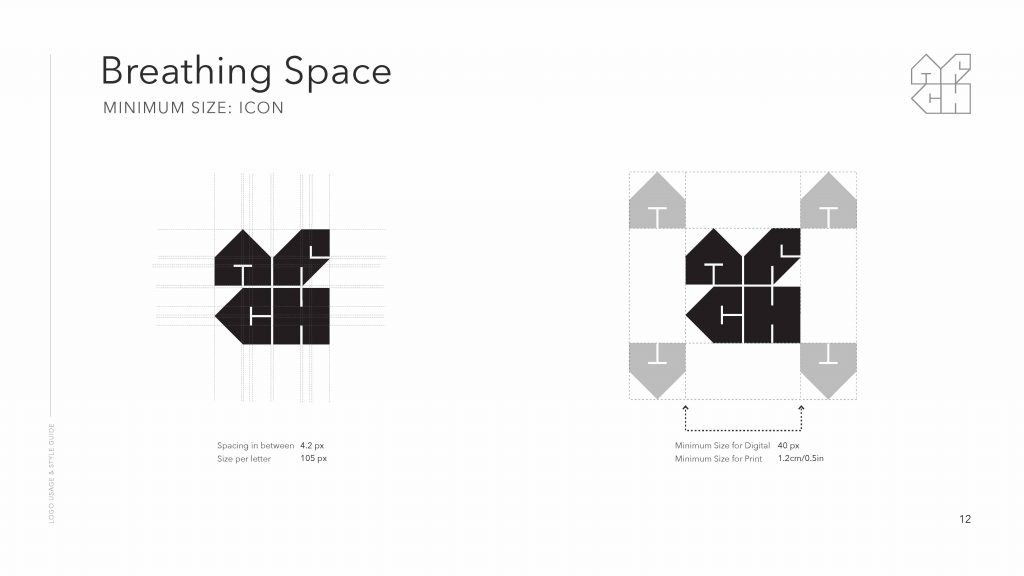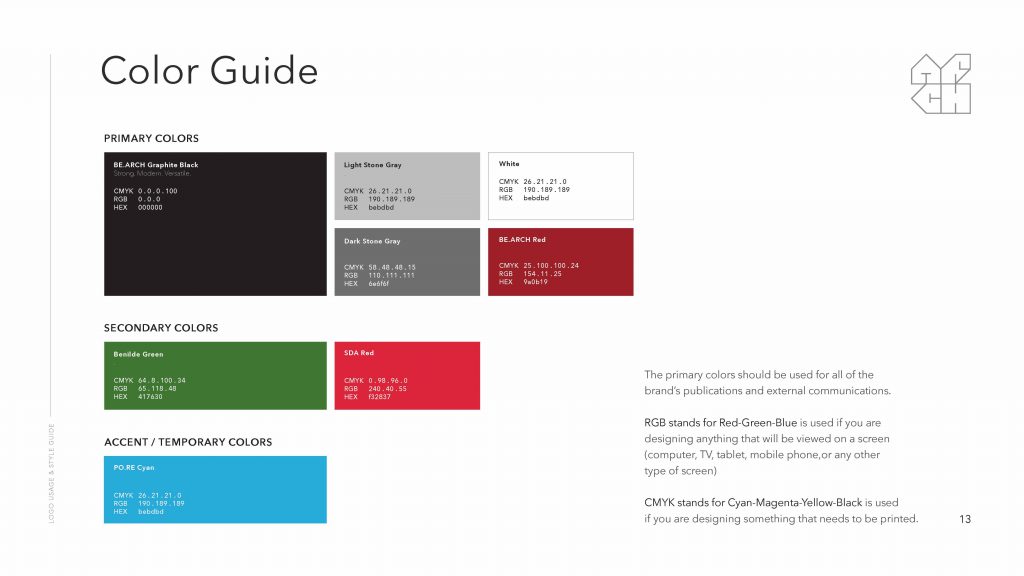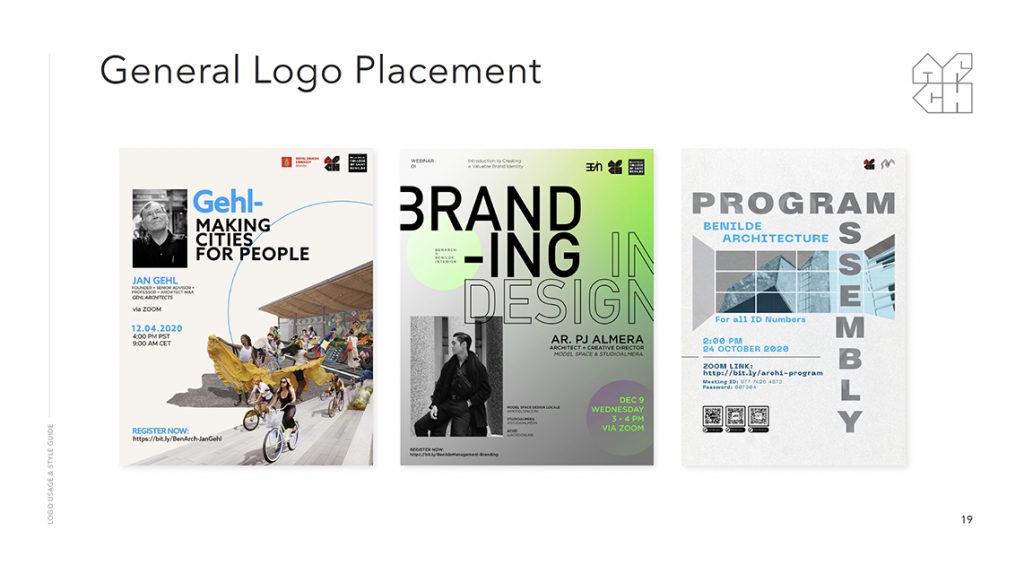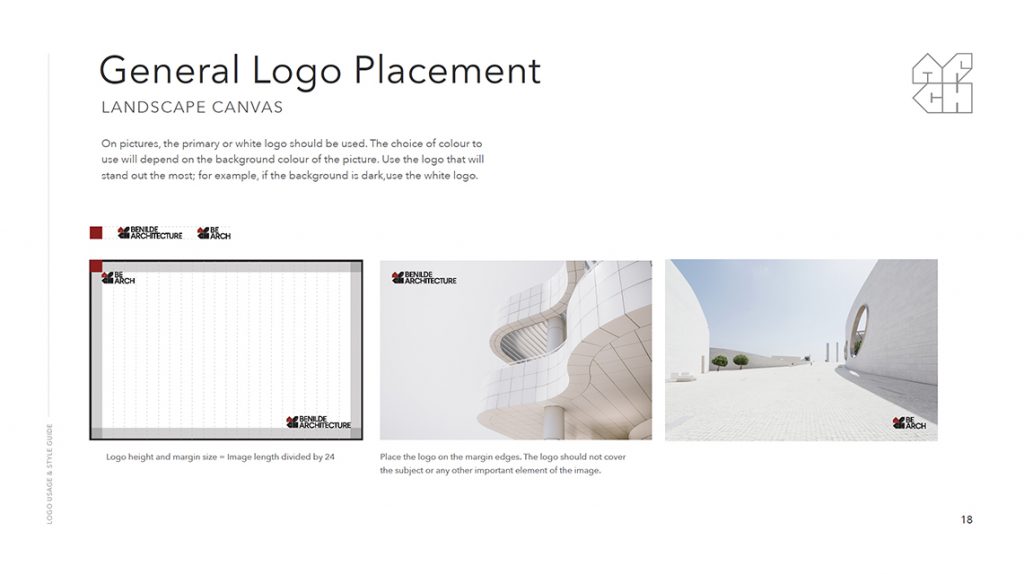BACHELOR OF SCIENCE IN ARCHITECTURE
To Benildean architects, the world is their blueprint.

Is architecture the soul of a civilization?
The De La Salle-College of Saint Benilde Bachelor of Science in Architecture Program is a response to the challenge of producing architects that are competitive and relevant agents of positive change.
The program is focused on a Design and Leadership plan, which aims to train future architects who can compete with the best in the ASEAN region through excellence in design and business.
The program engages students to contribute to nation-building through competence in design and policy. They are endeavored to be trailblazers in design innovation through material sciences, technology, and engineering research. By identifying the correct problems and proposing the most excellent solutions, they are expected to become industry leaders and solution providers, responding to current and pressing social issues locally and globally. These solutions are research-based, process-driven, user-empathetic, and activist-provoking, constantly challenge the status quo, as well as innovative and technologically groundbreaking but at the same time inclusive, humane, and culturally sensitive.
By graduating as a Benildean Architect, you will become:
a creative and critical thinker with abilities and skills that effectively represent and communicate design and are critically reflexive and transformative of its historical precedents and theoretical argumentations;
a generator of emergent and specialized ideas that are innovations of established, current and new directions in the techniques and science of architecture;
a knowledge producer grounded by research and practice, critically responsive to conventions and limitations while actively being creative;
a ethical and responsive designer of the built environment in the context of unstable disruptions and vulnerable conditions; and
a collaborative explorer with exemplary design-allied vocations that can offer critically responsive agendas.
Program Length
13 Trimesters
The Benilde Architecture Program is an academic institution of design under the new School of Environment and Design (SED), housed in the Design and Arts Campus (DAC) of the De La Salle-College of Saint Benilde. The Program delivers cutting-edge productions of architectural knowledge and objects focused on collaborative urban studies and community architecture. The design agenda are determined by scalar contributions for the city, committed to understanding modular formations of different environments.
The Program engages students to contribute to a multiplicand of iterated design for the lived experience, exploring and learning current, emergent and future technology and practice, while initiating fresh approaches to local and regional built heritage. They are expected to generate and produce research- and evidence-based approaches to solving environmental and architectural problems that are globally significant and locally relevant, preparing them to provide professional and emergent alternatives called for by contemporary conditions.
The Program’s progressive approach of the past decade will thus be expanded, giving way to emerging approaches, processes, and productions responsive to the different scales of global conditions such as climate change, resource depletion, or social instabilities.
The History of Benilde’s Architecture Program
The idea for an architecture program for the College of Saint Benilde had been floated around as early as 2000, during the term of Ar Rose Marie Bautista, the first Dean of the School of Design and Arts (SDA.) In the last quarter of 2007, Ar Gerry Torres, who succeeded Ar Bautista as Dean of SDA asked Ar Minette Fajardo, a part-time faculty of SDA to submit a proposal to develop an Architecture program. However the plan was not realized due to cost implications.
In January 2008, Dean Torres convened a group of architects who were already teaching in Benilde to work on developing the architecture degree. The five-man team organized by Dean Torres included Ar Larry Carandang, the future program Chairperson, Ar Edward Que, Ar AJ Javier, and the late Ar Sid Gomez Hildawa. The group met regularly to accomplish the task and each of the members contributed the task of developing the curriculum, designing the flow chart, creating the syllabi, and conceptualising the new program. To make it distinct from the 37 existing architecture courses in Metro Manila, the group came up with five ideal characteristics of a Benildean architect. The graduates were envisioned to possess a strong background in the humanities, fully trained in digital technology, business ready, global in outlook yet grounded in the local, and focused on designing for cities. These characteristics were created as a response to the developments of the time, one of which was the forecast by the United Nations of a major demographic shift happening in 2010, when for the first in human history, the earth’s population becomes more urban than rural. The other significant factor was the rise of the Creative Industries, which considered design professionals like architects as active participants in the task of nation-building.
The group worked on the requirements for developing the Benilde architecture curriculum and strategised to fulfill the five characteristics set. These included adding business classes as specializations, the inclusion of Design Foundation courses tailored for architecture, and the early introduction of digital computing, starting with CADD (Computer Aided Drafting and Design in first year. In April 2008, Dean Torres presented and was able to get the approval of the Academic Council. The following month, Benilde President Br Vic Franco FSC and Vice President for Academics Robert Tang presented and secured the go signal of the Board of Trustees. After the approvals, Dean Torres and Ar. Carandang worked together to prepare the papers for accreditation by the Center for Higher Education (CHED.) The application was forwarded by the Registrar in October 2008, followed by three accreditation visits between November 2008 to February 2009. In March 2009, CHED approved the application. Benilde’s architecture program officially started in May 2009, making Architecture the 13th degree offering of the School of Design and Arts. It would be merely a week before the 2009 Benilde in Focus, a college-wide event where new programs were introduced to potential enrollees and two weeks prior to the enrolment period for schoolyear 2009-2010. In spite of the short time for marketing the new program, the first batch boasted 30 students with five faculty members, namely Dean Torres, Ar Carandang, Ar Javier, and the new additions to the faculty, Ar Choie Funk and Ar Noel Nicholas. Within five years, the program, also know by its acronym, SDAAR or SDA Architecture, grew to over 800 students and more than eighty teachers.
Early Milestones
In 2011, the School of Hospitality, Restaurant, and Institutional Management (SHRIM) hosted a Restaurant Design competition, a collaboration between students of SHRIM and SDAAR. The the team of Alyssa Yvette Par won and their design applied to the present Br. Andrew Gourmet Café, located at the Main Campus. In January 2013, the Philippine Institute of Architects (PIA) through its student arm, the PIASA (Student Auxilliary), organized and hosted the first Inter-school architectural rendering competition. This one-day event was held in SDA and was divided into two categories, CADD and Manual. Carlo Estado won in the CADD division while Nielsen Uy placed 1st runner up in Manual Design. In 2014, the United Architects of the Philippines (UAP) sponsored an Interschool Design Competition where Alyssa Yvette Par won first place for her ‘Baduy’ Olympic Coliseum. In the same year, De La Salle University- Manila organized its 1st Inventors and Innovators Design Competition which was participated in by La Salle schools nationwide. There was a triple tie for 1st place in the Innovation Category. The winners were Gienah Guevarra, Yna Dimaculangan, and Ellizelle David, all from SDAAR. For the Invention Category, Mark Jervoso, also from SDAAR, garnered 3rd place.
Board Exam Successes
In June 2014, the first batch of SDAAR graduates took the Architecture Licensure Examinations (ALE) given by the Professional Regulation Commission Board of Architecture (PRC-BoA). Nielsen Uy landed 10th place in the examinations. In January 2017, the SDAAR examinees performed higher than the national passing average with a success rate of 83.33%. Before the program’s 10th anniversary in 2019, the program produced two more top-ten finishes starting with Ria Angelica Catimbang Zamudio who garnered 82.30% and tied for the 8th place in the June 2017 licensure examination. This was followed by the most recent success of Angelo Ezekiel Pallorina Nuestro with a rating of 83.40% placing him among the top three during the January 2019 licensure examination.
Current State of the Program
The Architecture program belongs to the School of Design and Arts under the Environment Studies Cluster together with Bachelor of Arts in Fashion Design and Merchandising (AB-FDM), Bachelor of Science in Industrial Design (BS-ID), and Bachelor of Science in Interior Design (BS-InD). Reaching the milestone of ten years last 2019 December, the program has expanded its faculty pool from five pioneer mentors to its current count of 62 diverse mentors of different backgrounds and expertise. This is one of the strengths of the program as the mentors give a unique perspective in the delivery of its curriculum with their strong architectural practice complimenting design studios.
The student population has grown immensely, from 33 students in the first batch on AY 2009-2010 to its current number of 698 as of AY 2021-2022. The Benildean Architecture program graduates that are in the practice stand at 795 alumni professionals, contributing to the practice of Architecture as employees for local and international firms or even as solo practitioners contributing to nation-building.
The program has recently passed the PAASCU consultancy visit with favorable results (i.e., all 9 faculty area recommendations and 8 curriculum & instruction area recommendations were fully implemented). With this successful consultancy visit, the program is now preparing for the formal accreditation for its PAASCU Level 1 which is scheduled for March 2023.
Architecture studio and lecture courses are mainly assigned to the School of Design and Arts (SDA) building along P. Ocampo Street, on the 3rd, 7th, and 14th floors. These facilities are of regular 20-25 capacity classrooms of about 10m x 10m with regular chairs with writing rests, or with 36” x 48” drafting tables, with each also being provided with a 55” LED TV and a computer station for the faculty; computer laboratory with desktop PC setups for computerized drawing training; and large open-space of about 12m x 20m on the 14th floor for open forums and exhibitions. Plans to proceed in creating a construction technology and computerized prototyping production laboratory (Arkilab) on the designated apartment building along Dominga Street have been placed on hold for the meantime due to budget constraints due to the COVID 19. Architectural plans and some of the equipment like the laser cutter and construction equipment have been purchased from the designated budget of Nine Million Pesos. Other supporting facilities like the cafeteria, library, study halls, and toilets are of course duly provided within the SDA campus.
At the start of the next Academic Year 2022-2023, the former School of Design and Arts (SDA) will be spinning off into 3 schools. Namely, the School of Culture and Performance (SCP), School of Environment and Design (SED), and School of New Media Arts (SNMA). Bachelor of Science in Architecture (BS-ARCHI) will now be under the School of Environment and Design (SED) together with a Bachelor of Arts in Fashion Design and Merchandising (AB-FDM), Bachelor of Science in Industrial Design (BS-ID), Bachelor of Science in Interior Design (BS-InD).
Samarasekera (2021) has identified training approaches for faculty development like workshops, seminars or short courses, online learning, directed self-learning, and formal diploma which is masteral and doctoral degree (Samasekara, 2021). The architecture program faculty members are encouraged to finish their graduate studies with both master’s degrees and doctoral degrees. Currently, the program focuses on the Formal Diploma Program in line with the PAASCU visit. Also, developing new knowledge on Bigsky which is the Official Learning management system of DLS-CSB.
Our Vision
The Benilde Architecture Program envisions itself as an institution that provides architectural education for emergent design and technologies, inclusive urban design, multi-scalar practice, and future-responsive built heritage studies.
Our Mission
The Program educates the most inclusive population of students while initiating and partnering with a global network of architectural design educators, practitioners, stakeholders, and other allied professionals.
Benilde architecture students will participate in advancing architecture design even in the midst of climate and environmental hazards and with a keen interest in urban inclusivity, heritage studies, emergent architectural technologies, innovative building methods, and holistic practice.
The Benildean architecture graduate is prepared to become a design innovator and architectural professional with respectable leadership qualities and a humble service core.
Five Platforms of Excellence
- CLIMATE CHANGE ARCHITECTURE is a platform that intentionally argues for sustainable architecture in the midst of global environmental changes due to the climate crisis. This entails rigorous studies and research on current and potential architectural responses that work during hazards or are designed to be built back better with agile methods.
- EMERGENT TECHNOLOGIES FOR ARCHITECTURE reconfigures the design of architectural spaces and their elements as hosts for technology, and in itself, as architectural technology that can produce energy, food, sustained life necessities, and new technologies beyond the internet of things (IoT).
- FUTURE SOCIETIES AND NETWORKED LIFE consider architecture’s social, cultural, and political domains. Human-centered ideologies and environmental activism must be defended for future societies, and architectural production can be the network platform for forensic analyses that imply causalities for future living.
- URBAN DESIGN FOR ALL implies the confluence of environmental design creatives and regulated professions with intentional programs, forms, and urban experience that is inclusive, livable, comfortable, secure, and long-standing. All life cycles and all of life must be considered.
- HERITAGE AND THE FUTURE reconfigure the understanding of heritage for the present, beyond the ideology of conservation. The contribution of architectural heritage to memory, history, and sense of place needs to be architecturally and
ethically re-imagined into the future of the environment, not just of the human, that can confine heritage only to history (or worst, to entertainment).
Program Specification
The Benilde Architecture Program is an academic institution of design under the new School of Environment and Design (SED), of the De La Salle-College of Saint Benilde. The Program engages students to contribute to a multiplicand of iterated design for the lived experience, exploring and learning current, emergent and future technology and practice, while initiating fresh approaches to local and regional built heritage. They are expected to generate and produce research- and evidence-based approaches to solving environmental and architectural problems that are globally significant and locally relevant, preparing them to provide professional and emergent alternatives called for by contemporary conditions.
The Program delivers cutting-edge productions of architectural knowledge and objects focused on collaborative urban studies and community architecture. The design agenda are determined by scalar contributions for the city, committed to understanding modular formations of different environments.
The Program’s progressive approach of the past decade will thus be expanded, giving way to emerging approaches, processes, and productions responsive to the different scales of global conditions such as climate change, resource depletion, or social instabilities.
Program Basic Learning Outcomes
The Benilde Architecture Program is geared towards a crucial alignment of its courses to produce holistically-prepared architecture graduates. Upon completion of the BACHELOR OF SCIENCE IN ARCHITECTURE, students are expected to:
PO1. Be creative and critical thinkers effectively communicating designs that are reflexive and transformative of its historical precedents and theoretical argumentations;
PO2. Be generators of emergent and specialized ideas that are innovations of established, current and new directions in the science of architecture and of built environment;
PO3. Be knowledge producers grounded in research and practice, responsive to conventions and limitations, while being innovative in the context of unstable disruptions and vulnerable conditions;
PO4. Be active and collaborative explorers with other exemplary design-allied vocations and professions.
See what it’s like studying in Benilde.
Learn more about the Benilde Architecture Program.
Watch what difference our faculty members make.


